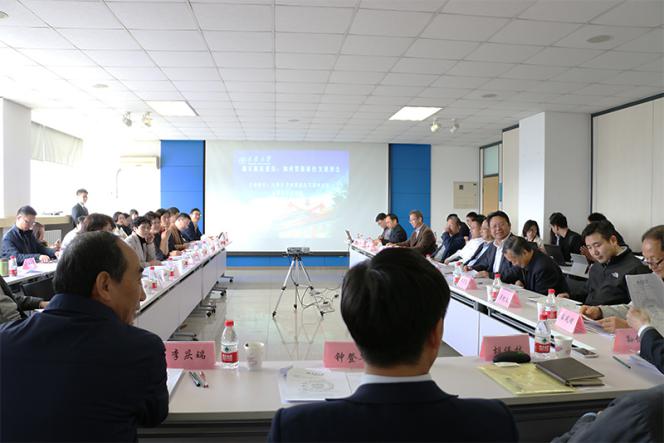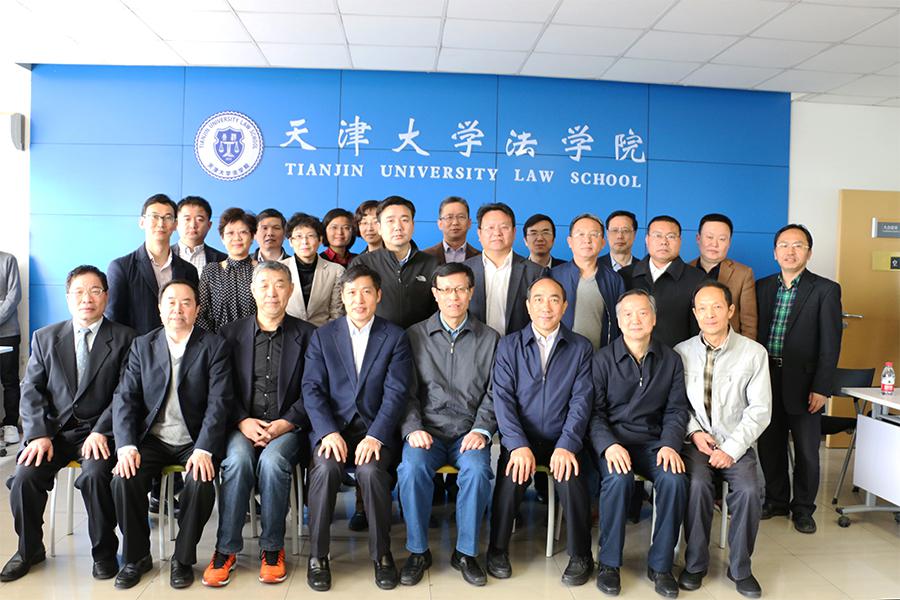

Solving the problems of air pollution, ecological destruction, and water shortage is the key to realizing the full development of the Xiongan New Area -- which was recently established within the Beijing-Tianjin-Hebei region.
The issue was discussed at a seminar focusing on "How to Implement the Green Development of Xiongan New Area" which was held at Tianjin University recently.
More than 50 experts and specialists from all parts of China attended the conference and shared their insights on green development in the Xiongan New Area.
Hu Baolin, Honorary Dean of the Research Institute of China Green Development at Tianjin University, proposed that the plan for the Xiongan New Area include “both Chinese native characteristics and a global vision meeting international standards” and at the same time protect the unique ecosystem and the surrounding environment.
Li Qingrui, executive director of the China Ecological Civilization Research and Promotion Association, stressed that "the scale of the new area should be regulated according to the area's environmental capacity, and green planning, design, and construction standards should be implemented."
"We should draw up a planning environmental impact statement for the Xiongan New Area and make a strategic environmental assessment of the major economic and technological policies relevant to the Xiongan New Area," he suggested.
Sun Youhai, executive director of the Research Institute of China Green Development at Tianjin University, said that in the long term, there are three main constraints to developing the new area: environmental pollution, ecological destruction and water resource deficiencies.
"Only if those constraints are addressed can the new area achieve green development," Sun added.
Sun explained that it is difficult to establish an ecologically viable residential area in the Xiongan New Area as it is located near Baoding which ranks second on the top 10 cities with the worst air quality in the first quarter of 2017 and the large quantities of domestic sewage and industrial waste could easily lower the water quality in the area.
Illegal mining also poses threats to ecological stability, causing water and soil erosion, ground surface subsidence, and lowering of groundwater levels.
"The destruction will affect the stability of the whole regional ecological system," he said.
Meanwhile, water shortages are also an obstacle to development.
Sun suggested conquering the challenges through innovative methods including setting up laws, implementing biotechnological devices, and creating a water-saving society.
Chang Jiwen, Deputy Director of the Institute of Resources and Environmental Policy of the Development Research Center of the State Council, used the analogy of the Xiongan New Area, being a “gear city” connecting Beijing, Tianjin and Shijiazhuang to form a city cluster. As a consequence, the siting of the development will boost the development of the Beijing-Tianjin-Hebei region and Central Hebei Plain area and help to maintain a clean environment and the green development of the capital Beijing.
Despite the economic benefits, many experts warned that Xiongan New Area can’t develop through unplanned expansion and that innovative and diversified development strategies should be encouraged.
By: He Xiaowei, Yang Linyan, Xu Hui
Editors: Sun Xiaofang and Ross Colquhoun






